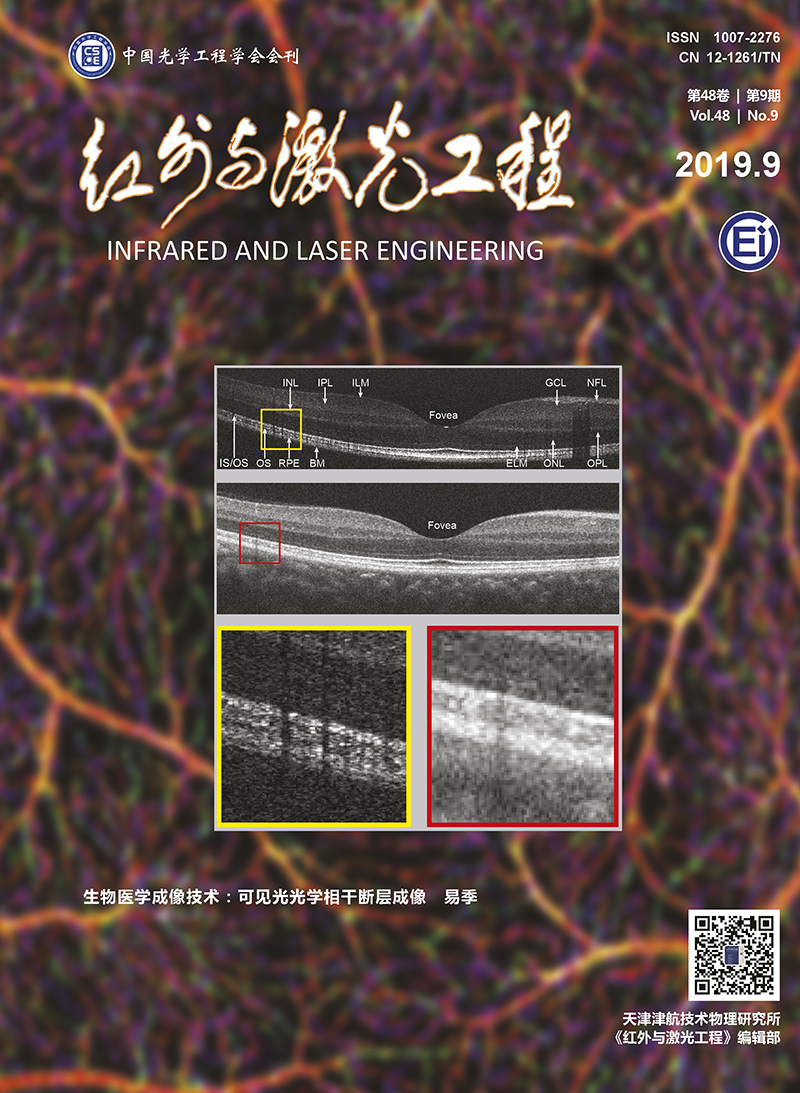|
[1]
|
Qiao Chenglin, Yu Yuantao, Shan Ganlin, et al. A sensor selection algorithm with improved accuracy constraint for maneuvering target tracking[C]//Wuhan:The 37th Chinese Control Conference, 2018:2489-2493. |
|
[2]
|
Wang Weijia, Bai Peng, Liang Xiaolong, et al. Cooperative tracking algorithm of radar aided optic-electric tracking system[J]. Infrared and Laser Engineering, 2017, 46(12):1217006. (in Chinese) |
|
[3]
|
Wu Wei, Wang Guohong, Liu Yi, et al. Cooperative tracking and management of airborne radar, infrared and electronic support measures[J]. Systems Engineering and Electronics, 2011, 33(7):1517-1522. (in Chinese) |
|
[4]
|
Li Shizhong, Wang Guohong, Wu Wei, et al. Radar/infrared composite guidance tracking under intermittent radar operation[J]. Infrared and Laser Engineering, 2012, 41(6):1405-1410. (in Chinese) |
|
[5]
|
Qiao Chenglin, Shan Ganlin, Duan Xiusheng, et al. Non-myopic scheduling algorithm of multi-platform active/passive sensors for collaboration tracking[J]. Acta Armamentarii, 2019, 40(1):115-123. (in Chinese) |
|
[6]
|
Xu Gongguo, Shan Ganlin, Duan Xiusheng. Non-myopic scheduling method of active mobile sensor for target tracking[J]. Chinese Journal of Sensors and Actuators, 2019, 32(2):244-250. (in Chinese) |
|
[7]
|
Wang X, Hoseinnezhad R, Gostar A K, et al. Multi-sensor control for multi-object Bayes filters[J]. Signal Processing, 2018, 142(1):260-270. |
|
[8]
|
Chen Hui, Han Chongzhao. Sensor control strategy for maneuvering multi-target tracking[J]. Acta Automatica Sinica, 2016, 42(4):512-523. (in Chinese) |
|
[9]
|
Lou Ke, Cui Baotong, Li Wen. Target tracking algorithm of mobile sensor networks based on flocking control[J]. Control and Decision, 2013, 28(11):1637-1642, 1649. (in Chinese) |
|
[10]
|
Krishnamurthy V. Emission management for low probability intercept sensors in network centric warfare[J]. IEEE Transactions on Aerospace and Electronic Systems, 2005, 41(1):133-151. |
|
[11]
|
Arasaratnam I, Haykin S. Cubature Kalman filters[J]. IEEE Transactions on Automatic Control, 2009, 54(6):1254-1269. |
|
[12]
|
Angley D, Ristic B, Suvorova S, et al. Non-myopic sensor scheduling for multistatic sonobuoy fields[J]. Iet Radar Sonar and Navigation, 2017, 11(12):1770-1775. |
|
[13]
|
Qiao Chenglin, Duan Xiusheng, Shan Ganlin. Scheduling algorithm for multi-sensor collaboration tracking and radiation control[J]. Journal of Beijing University of Aeronautics and Astronautics, 2018, 44(7):1472-1480. (in Chinese) |
|
[14]
|
Zhang Z N, Shan G L. UTS-based foresight optimization of sensor scheduling for low interception risk tracking[J]. International Journal of Adaptive Control Signal Processing, 2015, 28(10):921-931. |









 DownLoad:
DownLoad: